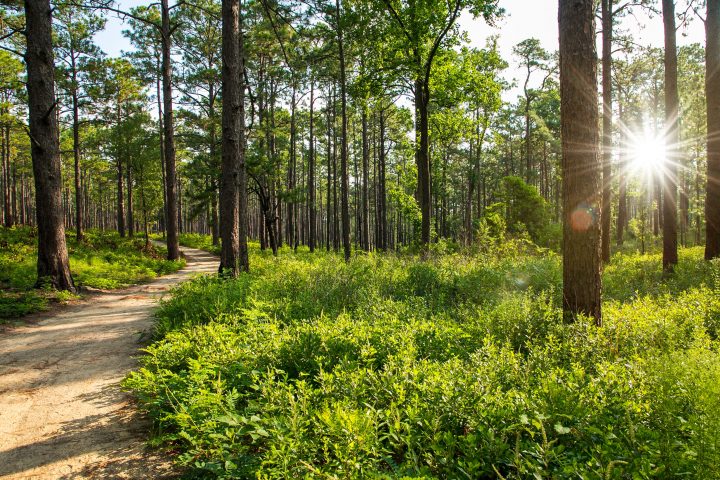Celebrating National Forest Week
July 11th-17th, 2022
This week we celebrate nearly 55 years of what is known today as “National Forest Week” – an annual celebration of the National Forest System and all it provides and has to offer. I am humbled to be leading a company for the last 18 years that is dedicated to displacing coal, growing more trees, and fighting climate change.
Climate change – the greatest challenge of our time – begins and ends with the forest. Whether through preservation, conservation, adhering to forestry best management practices, or overseeing a healthy, working, growing forest – we all play a role in sustaining and protecting the U.S. landscape. While National Parks are highly vested in preservation, National Forests are managed for many purposes—timber, recreation, grazing, wildlife, and more. The United States Department of Agriculture (USDA) Forest Service was created to sustain the health, diversity, and productivity of the Nation’s forests and grasslands to meet the needs of present and future generations.

Today, about 37 percent of all the land in the United States is covered in forests. In fact, the United States has more than 751 million acres of forest, of which 245 million are in the Southeast United States. This region alone provides approximately 1/5th of the timber that is used globally each year to make long-lived wood products such as telephone poles, houses, furniture, books, diapers, and more. U.S. forests are thriving and growing in inventory, according to the USDA Forest Service. For instance, in the U.S. Southeast alone, forests are growing at a rate nearly two times greater than they are being harvested. That is primarily driven by modern day sustainable forestry management practices and a robust wood products industry, including wood bioenergy, that incentivizes forest landowners to continue to grow forests instead of converting their land to non-forest use.
Working forests in the U.S. Southeast, where Enviva operations are located, are a thriving ecosystem, providing value for both the environment and people. Wood is a renewable resource and sustainable material when it is harvested from responsibly managed forests. The robust market for forest products drives forest growth, green jobs, and economic activity. According to Forest2Market, the forest products industry in the U.S. supports nearly 3 million jobs providing over $125 billion in payroll. According to the American Forest and Paper Association, the U.S. forest products industry is among the top 10 manufacturing sector employers in 45 states. The industry accounts for approximately 4 percent of the total U.S. manufacturing GDP, producing nearly $300 billion in products. Enviva, a renewable energy company, supports over 4,200 jobs across the U.S. Southeast and creates over $3 billion in positive economic value in the areas in which we operate.
.jpg)
Infographic by NAFO
Although Enviva does not own any forests, we play an important role in helping U.S. forests thrive and grow. For instance, Enviva produces sustainably sourced wood pellets using an array of sustainable practices that protect environmentally sensitive areas and conserve working forests. To put our industry in perspective, only 3% of forests in the U.S. Southeast are harvested annually. From this, approximately 3% (of that harvest) is used for the biomass industry each year. As the data shows, these removals are more than offset by continual forest growth year over year. Additionally, sustainably sourced biomass has been proven to reduce lifecycle GHG emissions by more than 85% compared to coal and and by more than 70% compared to natural gas. For this reason, sustainably sourced wood bioenergy is recognized by leading scientific authorities around the world as an effective, climate change renewable energy solution.
In honor of National Forest Week, we thank the dedicated men and women that serve in the USDA Forest Service. We appreciate the research that is conducted to advance wood science and applications that drive a circular economy, diversify wood applications and markets, keep manufacturing jobs in the U.S., and contribute to the prosperity of rural communities. We look forward to working together to continue our global efforts to maintain healthy, growing forests and to mitigate the effects of climate change this century and for generations to come.
